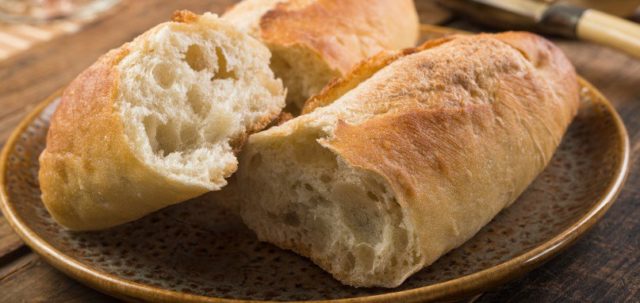
National French Bread Day is enjoyed by millions across the United States each year on March 21st.
French bread, also known as a baguette, is a long thin loaf made from basic lean dough. It is defined by its length and its crisp crust.
The French have been baking long sticks of bread for over 200 years; but it was only in 1920 that the current baguette we know and love came into being.
Over time, French law has established what is and what is not a baguette. The French are known for their high standards where culinary arts are concerned. To preserve quality in their bread, laws were passed requiring minimum quantities of certain quality ingredients in each loaf of bread.
Beginning in 1920 a labor law prevented all workers, bakers too, from starting their day before 4 a.m. Bakers adjusted by shaping their loaves of bread, so they baked more quickly and evenly. As a result, the long, narrow loaves were found to be convenient for slicing and storing.
French Bread Day is a great opportunity to indulge in some comfort food at its finest!
Serve French bread warm, slathered with butter and a chunk of cheese on the side. Why not embrace the whole continental experience and have a glass of fine French wine with it?
Although it is known as French bread, this amazing wonder of chewiness was created in Vienna during the Industrial revolution (1800s), along with steam ovens. Since steam is a huge part of the French Bread process, the steam ovens were important in the process.
- French national law dictates that ‘French’ bread should contain only combinations of flour, yeast, salt and water.
- French bread is a simple low-fat white flour bread, which is baked into long slender loaves called baguettes.
- Most baguettes are around 2-3’ in length, and 3-5” in thickness.
- While a regular baguette is made with a direct addition of baker’s yeast, it is not unusual for artisan-style loaves to be made with a poolish, “biga” or other bread pre-ferments to increase flavor complexity and other characteristics.
- Outside France, baguettes are also made with other doughs; for example, the Vietnamese bánh mì uses a high proportion of rice flour, while many North American bakeries make whole wheat, multigrain, and sourdough baguettes alongside French-style loaves.
Sources:












